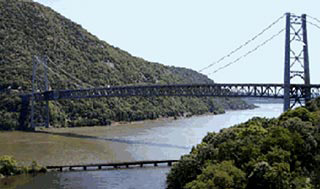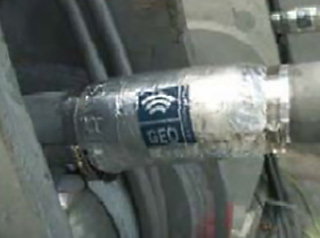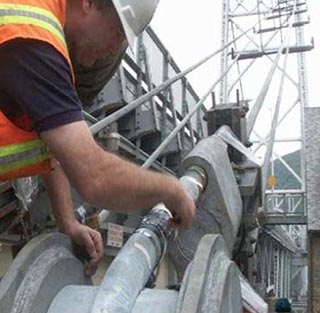Bear Mountain Bridge
Project Overview
Bridge engineers added “helper” strands on this 1924 suspension bridge to counter load shedding by the main suspension cables. GEO-Instruments installed special strain gauges on the helper strands and anchors. These would be used to monitor the performance of the helper strands and to detect any further load shedding of the main cables.
The Strain Gauges
Specifications called for bonded strain gauges on the strands and the saddle anchors holding the strands. The strand gauges were designed specifically for seven-wire strands. Redundant layers of moisture protection, physical protection, and sealing were applied to help the gauges withstand the harsh weather conditions of the Northeast.
Temperature Corrections
Two “no-stress” gages were installed to provide data for temperature corrections. Any changes in strain in these gauges would be due solely to changes in temperature.
Data Collection
All of the strain gauges were wired to a central location and provided bridge engineers with real time data during the loading and lock-off of the helper strands.
Over the long term, the monitoring system provided valuable data for evaluating the overall structural health of the bridge.

Bridge engineers installed helper strands on this suspension bridge after learning that the main suspension cables were shedding load.

GEO-Instruments designed special strain gauges to monitor the performance of the helper strands. The gauges were protected by multiple layers of weather-proofing.

The strain gauges provided real time data during the loading and lock-off of the helper strands and then assisted long-term monitoring of the bridge.
